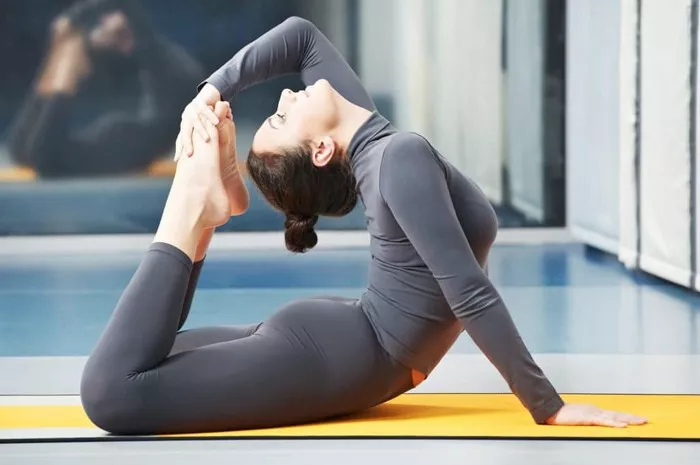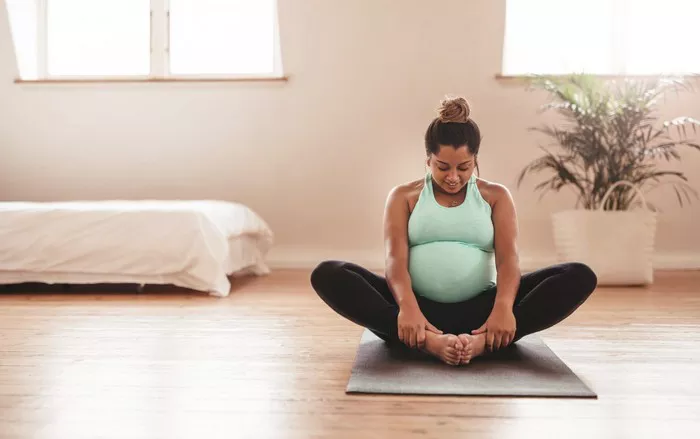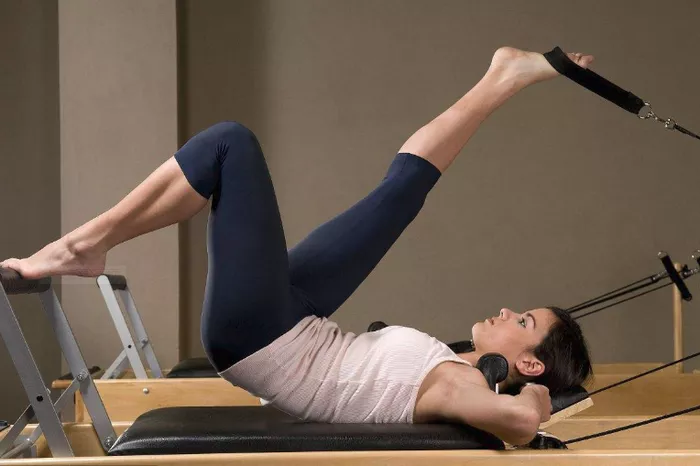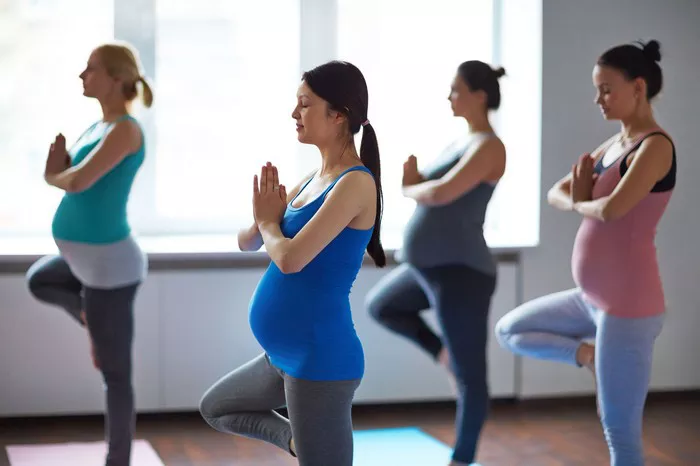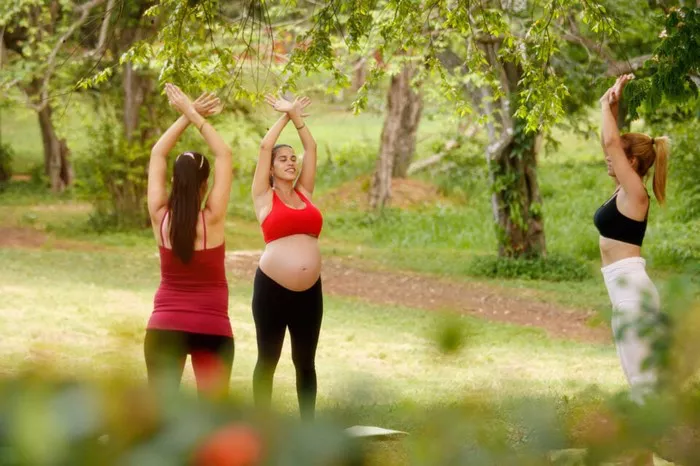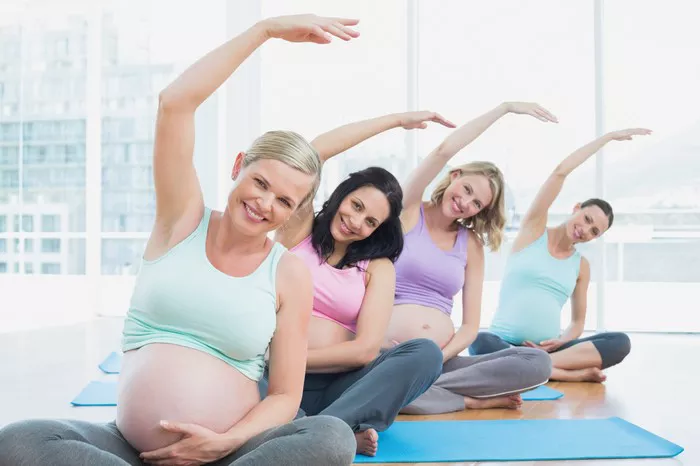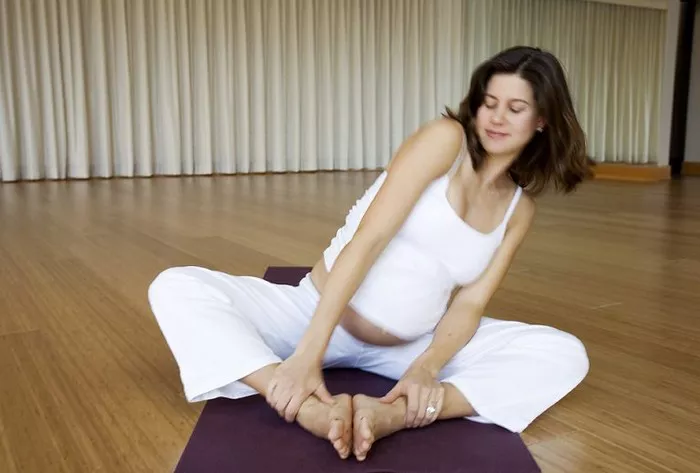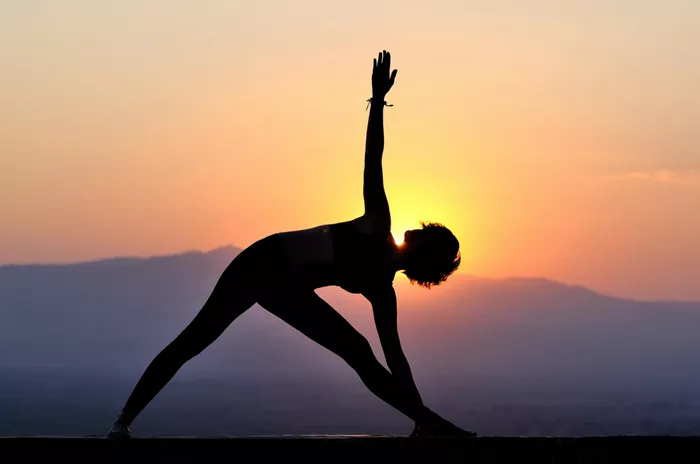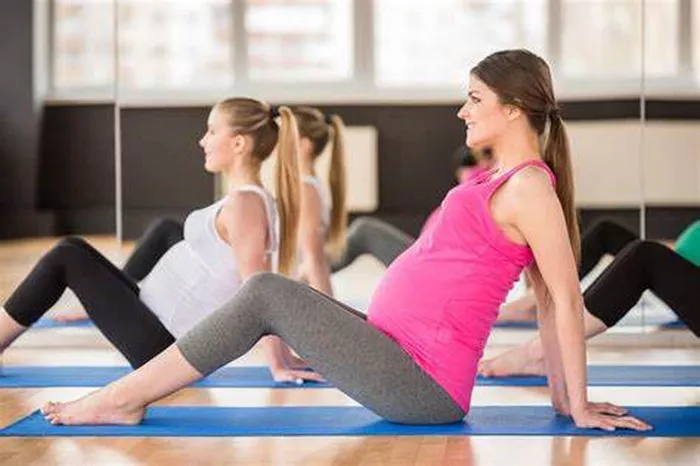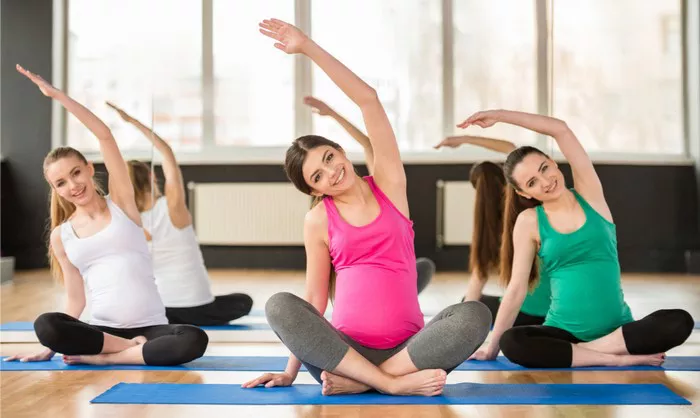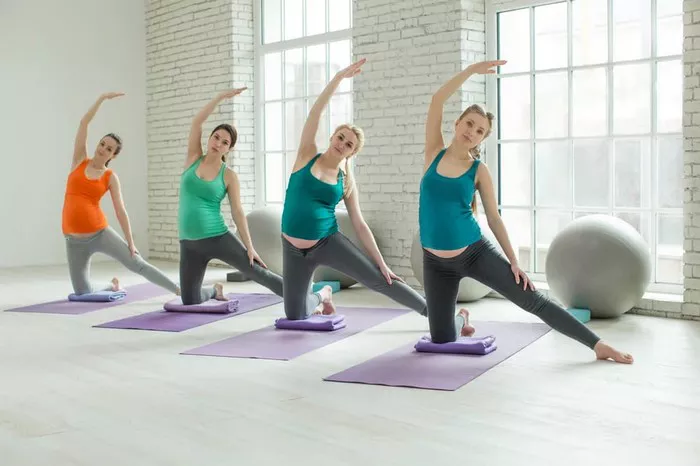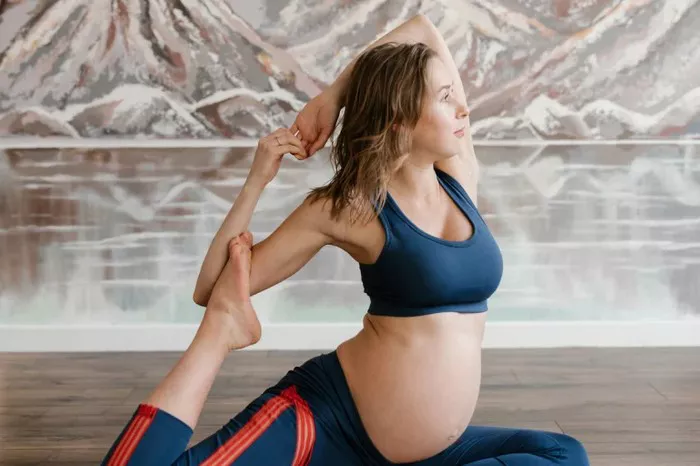Yoga is an ancient practice that connects the body, mind, and spirit through a series of physical postures, breathing exercises, and meditation techniques. In recent years, Yin Yoga has gained popularity as a slow-paced style that emphasizes long-held postures and deep stretches. One of the most prominent poses in Yin Yoga is the Yin pose for bound angle, often referred to as “Supta Baddha Konasana” or “Reclining Bound Angle Pose.” This posture, when performed correctly, offers a multitude of benefits, including improved flexibility, release of tension, and deep relaxation. In this article, we will explore what the Yin pose for bound angle is, its benefits, and how to practice it.
Understanding the Yin Pose for Bound Angle
The Yin pose for bound angle is a variation of the traditional Baddha Konasana (Bound Angle Pose), a seated posture that involves bringing the soles of the feet together and letting the knees fall out to the sides. In the Yin version of this posture, the practitioner lies down on their back while maintaining the same basic leg position. This reclining variation allows for a deeper and longer hold, which is a fundamental aspect of Yin Yoga.
Yin Yoga is different from more dynamic styles like Vinyasa or Ashtanga, as it targets the connective tissues in the body, such as ligaments, tendons, and fascia. By holding postures for an extended period—usually between 3 to 5 minutes or even longer—the practitioner encourages deep stretching and the release of tension stored in these tissues.
In the case of Supta Baddha Konasana, the primary goal is to create space in the hips, groin, and lower back while inviting relaxation and a sense of surrender. This posture is particularly beneficial for individuals who spend a lot of time sitting, as it helps to open the hip flexors and counteracts the effects of prolonged sitting.
Benefits of the Yin Pose for Bound Angle
The Yin pose for bound angle offers several benefits for the body and mind. As with many Yin Yoga postures, the benefits become more apparent with regular practice. Here are some of the key advantages of this pose:
1. Improved Flexibility in the Hips and Groin
The primary physical benefit of Supta Baddha Konasana is an increase in flexibility in the hip region, groin, and inner thighs. By gently stretching and opening these areas, the practitioner can gradually release tension and improve mobility. This can be particularly helpful for individuals who experience tightness in the hips due to sitting, running, or other physical activities.
2. Release of Tension in the Lower Back
The Yin pose for bound angle also targets the lower back and sacral region. By lying on the back with the legs in a butterfly position, the spine is encouraged to relax and release tension. This can help alleviate discomfort caused by stiffness or misalignment in the lower back and pelvis.
3. Stimulation of the Pelvic Floor and Reproductive System
The hips and pelvis are home to many vital organs, including the reproductive organs, bladder, and pelvic floor muscles. By opening the hips in Supta Baddha Konasana, practitioners can stimulate these areas, promote better circulation, and create space for these organs to function more effectively. This can be especially beneficial for women, as it helps maintain a healthy menstrual cycle and reproductive health.
4. Calming the Nervous System
One of the key aspects of Yin Yoga is its ability to calm the nervous system. The long-held, passive nature of Yin poses encourages deep relaxation and mindfulness. When practicing the Yin pose for bound angle, the practitioner can focus on the breath and allow the body to soften into the posture. This promotes a sense of peace and serenity, which can be helpful for reducing stress and anxiety.
5. Increased Circulation and Blood Flow
Long-held Yin poses like Supta Baddha Konasana encourage the flow of blood and energy to various parts of the body. By opening the hips and groin, practitioners can improve circulation to the lower body, including the legs, pelvis, and reproductive organs. This helps to nourish the tissues and maintain their flexibility and health.
6. Emotional Release
Yin Yoga also emphasizes the release of stored emotional tension. The hips and lower back are areas where many people store emotional stress and trauma. By holding the Yin pose for bound angle for several minutes, practitioners may experience emotional release in the form of tears, laughter, or a deep sense of letting go. This emotional release is a natural and cathartic part of the practice.
How to Practice the Yin Pose for Bound Angle
While Yin Yoga is accessible to practitioners of all levels, it is essential to approach each pose with mindfulness and respect for your body. In the case of Supta Baddha Konasana, there are several steps to ensure a safe and effective practice.
Step 1: Set Up the Pose
Start by Lying on Your Back: Begin by lying flat on your back on a comfortable surface, such as a yoga mat. Make sure your spine is aligned and your head is supported by a pillow or cushion if needed.
Bring the Soles of Your Feet Together: Bend your knees and draw the soles of your feet toward each other. Allow the knees to fall out to the sides, forming a diamond shape with your legs. You should feel a gentle stretch in the inner thighs and groin.
Adjust the Distance Between Your Feet: The distance between your feet and your pelvis will vary depending on your body and flexibility. If you have tight hips, you may want to keep your feet further away from your body. If you’re more flexible, you can bring the feet closer to your pelvis.
Place Props Under Your Knees: If your knees feel uncomfortable or are hovering too high off the ground, you can place yoga blocks, blankets, or cushions underneath your knees for support. This helps release strain in the hip joint and allows for a more relaxed and comfortable stretch.
Step 2: Relax into the Pose
Once you’re in the starting position, let your body soften and relax into the posture. Keep your arms resting by your sides, with your palms facing upward. Allow the shoulder blades to melt away from the ears, and release any tension in the neck and face.
Step 3: Focus on Your Breath
Breathe deeply and slowly, focusing on your inhale and exhale. With each breath, imagine the body softening further into the stretch. As you exhale, allow any tension or tightness to melt away. It’s common to feel discomfort in the beginning, especially if your hips or groin are tight, but try to breathe through it and stay present with the sensation.
Step 4: Hold the Pose
In Yin Yoga, postures are typically held for 3 to 5 minutes, and sometimes longer. Use this time to observe any sensations in your body, paying attention to areas of tightness or resistance. Try not to force your body into a deeper stretch but rather allow it to naturally open up over time. If you find the stretch too intense, consider using additional props or backing off slightly.
Step 5: Exit the Pose Slowly
After holding the pose for several minutes, slowly begin to come out of it by bringing your knees back together and straightening your legs one at a time. Take a few moments in a neutral position, such as lying flat on your back with your legs extended and arms resting by your sides, to allow the body to recalibrate.
Modifications and Variations
While the basic version of Supta Baddha Konasana is suitable for most practitioners, there are several modifications and variations that can make the pose more accessible or offer deeper benefits:
Support for the Spine: If you feel tension in your lower back or spine, you can place a bolster or cushion underneath your back for additional support. This will help release pressure from the spine and encourage relaxation.
Using Blocks for the Knees: If your knees are high off the ground, place blocks or cushions underneath your thighs to provide gentle support and help the hips relax.
Variation for the Arms: While the arms are typically resting by the sides in this pose, you can experiment with extending the arms overhead or placing them on your belly to encourage deeper relaxation.
Adding Gentle Movement: For those who want to bring more movement into the pose, you can gently rock side to side or add small movements to the legs to massage the hip region and stimulate circulation.
Conclusion
The Yin pose for bound angle (Supta Baddha Konasana) is a powerful and restorative posture that offers numerous physical, emotional, and mental benefits. By promoting flexibility in the hips, releasing tension in the lower back, and calming the nervous system, this pose can be a valuable addition to any yoga practice. Whether you’re seeking relief from physical discomfort or simply looking to unwind and relax, the Yin pose for bound angle provides a safe and effective way to nurture your body and mind. With regular practice and attention to breath and alignment, this pose can help you cultivate greater flexibility, emotional release, and overall well-being.
Related Topics:


